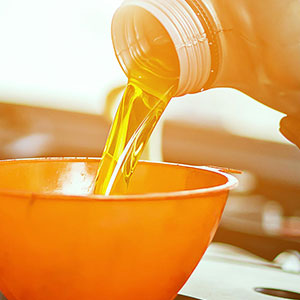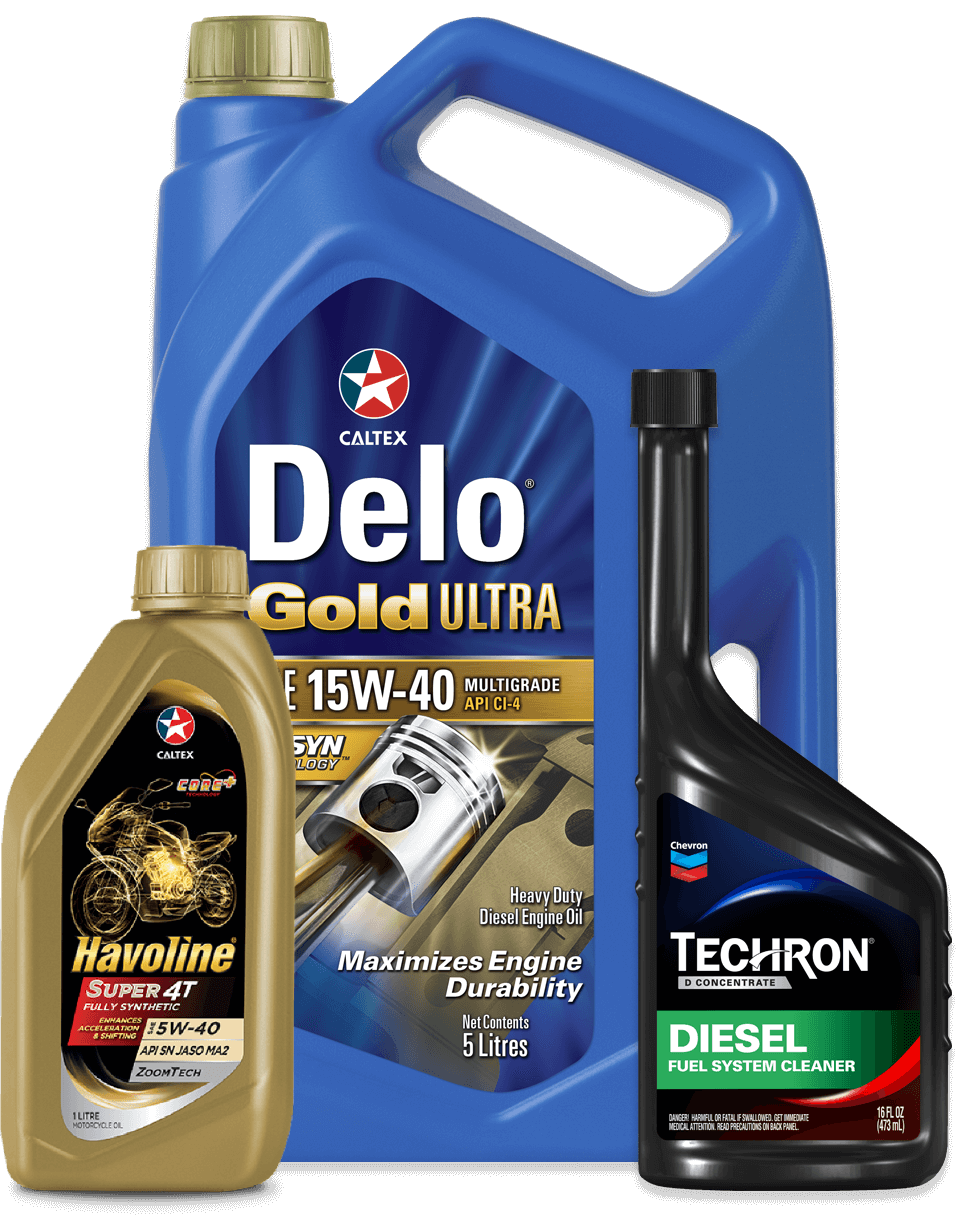In conversations with construction equipment maintenance managers, it’s clear that mixed fleets have become the norm. Most cite internal cost pressures and variability in equipment quality among manufacturers as the main reasons they are no longer loyal to a single manufacturer.
While mixed fleets can reduce costs and sometimes improve performance, there are tradeoffs – the main one being a dramatically more complicated maintenance schedule. Different OEMS have different service and maintenance interval specifications, different requirements and different lubricant needs, making maintenance a difficult juggling act.
How do you manage through this?
Many managers take a conservative approach to maintenance schedules and oil drain intervals, trying to find a common interval that works across the fleet. Too often, however, this results in scheduling service and oil changes more often than needed – and below OEM recommendations. This conservative schedule, the reasoning goes, is a cheap “insurance policy“ that they believe will eliminate the need for regular oil analysis.
What these managers don’t understand is that oil analysis is not only about oil. Through oil analysis you can identify many types of problems with your equipment – is there fuel dilution, dirt contamination, coolant leakage, or some other issue that could impair performance? Oil analysis helps you predict and possibly avoid unexpected equipment failures.
Regular oil analysis is the answer
By setting up one common maintenance schedule across your fleet, and eliminating oil analysis, you may be raising material and labor costs, while increasing your risk of catastrophic failure on any particular machine by as much as 11%.
Consider a common piece of equipment, such as a scraper. Oil changes, including the cost of oil, filters, spent oil and labor, cost about $1,540 a year. Assuming your fleet has 100 similar machines getting oil service four times a year, you’re spending $154,000 annually on lubricant changes. By conducting regular oil analysis, you could on average eliminate at least one oil change per machine per year. In other words, without regular oil analysis, you’re spending $38,500 more annually than you need to. And that’s not factoring in downtime which can be significantly higher than the material cost savings.
Without regular oil analysis, you also reduce the ability to predict common equipment failures. For example, 40% of engine failures are related to cooling system contamination, which an oil analysis can detect. What’s the typical cost to replace or rebuild an engine damaged by coolant? Let’s say on average its $90,000. Conservatively, let’s figure one unexpected rebuild per year at $90,000. Add that to the $38,500, and that “cheap insurance policy” is costing roughly $130,000 a year.
A comprehensive preventive maintenance program that allows you to easily keep track of all OEM required intervals, schedule maintenance accordingly, and that includes regular oil analysis can cut lubricant consumption by an average of 25% and also result in higher equipment availability and utilization. You can service the right equipment at the right time, and be alerted to potential failures before they occur. This will not only reduce your material costs, but also optimize productivity and maximize the return on investment for each vehicle.
How does the program you have in place today compare to where you would like it to be?
In conversations with construction equipment maintenance managers, it’s clear that mixed fleets have become the norm. Most cite internal cost pressures and variability in equipment quality among manufacturers as the main reasons they are no longer loyal to a single manufacturer.
While mixed fleets can reduce costs and sometimes improve performance, there are tradeoffs – the main one being a dramatically more complicated maintenance schedule. Different OEMS have different service and maintenance interval specifications, different requirements and different lubricant needs, making maintenance a difficult juggling act.
How do you manage through this?
Many managers take a conservative approach to maintenance schedules and oil drain intervals, trying to find a common interval that works across the fleet. Too often, however, this results in scheduling service and oil changes more often than needed – and below OEM recommendations. This conservative schedule, the reasoning goes, is a cheap “insurance policy“ that they believe will eliminate the need for regular oil analysis.
What these managers don’t understand is that oil analysis is not only about oil. Through oil analysis you can identify many types of problems with your equipment – is there fuel dilution, dirt contamination, coolant leakage, or some other issue that could impair performance? Oil analysis helps you predict and possibly avoid unexpected equipment failures.
Regular oil analysis is the answer
By setting up one common maintenance schedule across your fleet, and eliminating oil analysis, you may be raising material and labor costs, while increasing your risk of catastrophic failure on any particular machine by as much as 11%.
Consider a common piece of equipment, such as a scraper. Oil changes, including the cost of oil, filters, spent oil and labor, cost about $1,540 a year. Assuming your fleet has 100 similar machines getting oil service four times a year, you’re spending $154,000 annually on lubricant changes. By conducting regular oil analysis, you could on average eliminate at least one oil change per machine per year. In other words, without regular oil analysis, you’re spending $38,500 more annually than you need to. And that’s not factoring in downtime which can be significantly higher than the material cost savings.
Without regular oil analysis, you also reduce the ability to predict common equipment failures. For example, 40% of engine failures are related to cooling system contamination, which an oil analysis can detect. What’s the typical cost to replace or rebuild an engine damaged by coolant? Let’s say on average its $90,000. Conservatively, let’s figure one unexpected rebuild per year at $90,000. Add that to the $38,500, and that “cheap insurance policy” is costing roughly $130,000 a year.
A comprehensive preventive maintenance program that allows you to easily keep track of all OEM required intervals, schedule maintenance accordingly, and that includes regular oil analysis can cut lubricant consumption by an average of 25% and also result in higher equipment availability and utilization. You can service the right equipment at the right time, and be alerted to potential failures before they occur. This will not only reduce your material costs, but also optimize productivity and maximize the return on investment for each vehicle.
How does the program you have in place today compare to where you would like it to be?

About Author
With over 35 years in the oil and gas industry, Dan Holdmeyer has worked for Chevron the past 14 years, serving in a variety of capacities with the company in addition to his current post as Industrial and Coolants Brand Manager where he works as a lubrication engineer that supports Chevron Delo and other related lubricants brands. He plays an integral role in supporting and managing a variety of programs related to off-highway and on-highway lubrication needs. Dan also works as Chevron’s Training Specialist for their Global Lubricants division since joining the company. Prior to joining Chevron, Dan worked as a Field Engineer at Mobil Oil Corporation for 20 years (1979-99) after graduating from the University of Missouri-Columbia with a Bachelor of Science in Chemical Engineering.
ARTICLES FOR YOU
ARTICLES FOR YOU

Trends in Passenger Car Motor Oils: Evolving Engine Technology Driving Change

GM’s dexos1™ PCMO Specification Knowledge

How Synthetic Oils Are Helping Cars Last Longer

Synthetic Oils Are The Wave Of The Future For Passenger Cars
Need more assistance?
Begin your journey towards world class products and services with Caltex.














